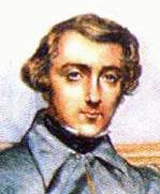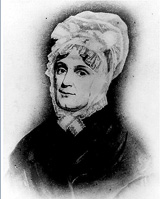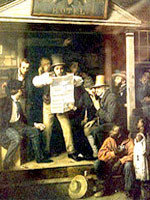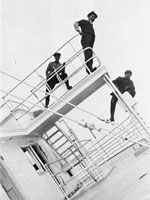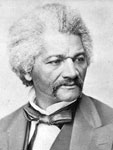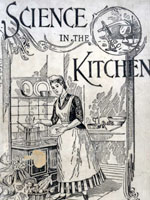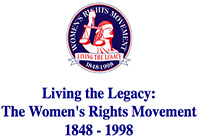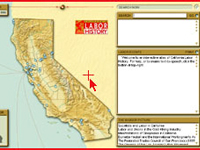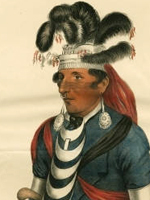Thomas Jefferson Digital Archive

More than 1,700 texts written by or to Thomas Jefferson are available on this website, including correspondence, books, addresses, and public papers. While most texts are presented in transcribed, word-searchable format, 18 appear as color images of original manuscripts.
The site also includes a biography of Jefferson written in 1834, eight years after his death. The Jeffersonian Cyclopedia, published in 1900, organizes more than 9,000 quotes according to theme and other categories. A collection of 2,700 excerpts from Jefferson's writings present his political philosophy. A wealth of searchable bibliographic listings is provided, including two previously published volumes and thousands of additional bibliographic references.
Also available are a recent dissertation on the construction of the Jefferson-designed University of Virginia (UVA), listings from the Oxford English Dictionary that show Jefferson's influence on English-language usage, and four links to UVA exhibitions on Jefferson.
